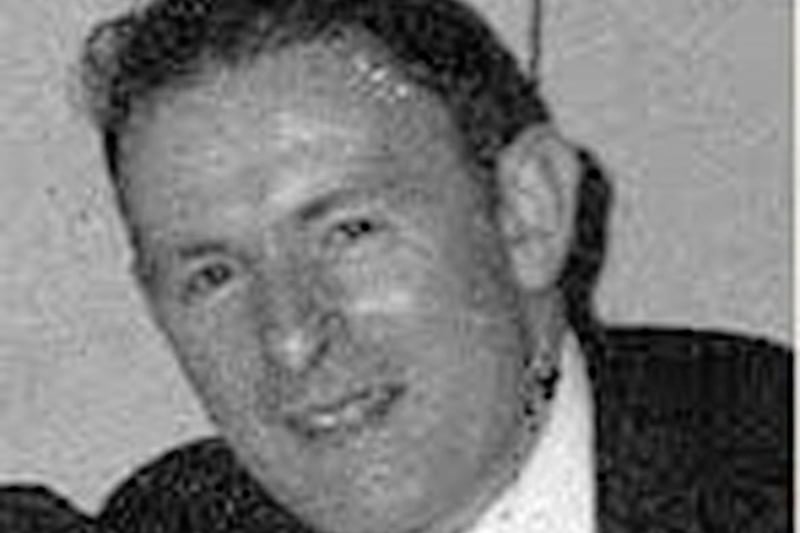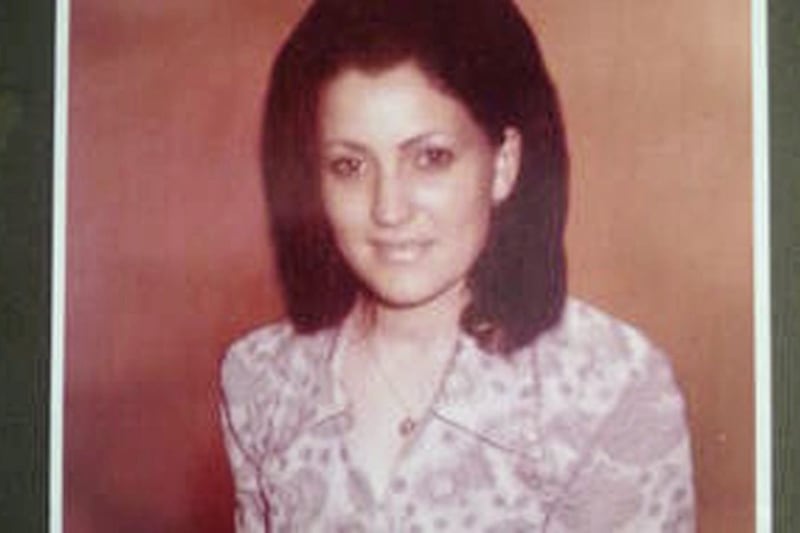The British army’s Military Reaction Force (MRF) has been linked to the murder of several Catholic civilians in the early years of the Troubles.
It is thought the shadowy undercover unit was set up by General Frank Kitson, who died last month.
In 2013 the BBC broadcast claims made by a former member, who said the group had been involved in killing unarmed people.
While little was previously known about the MRF’s operations, recent correspondence from the Public Prosecution Service (PPS) to Fearghál Shiels, of Madden and Finucane Solicitors, has provided fresh insight.
Mr Shiels represents the family of west Belfast man Tommy Shaw, who was truck in the leg by a stray bullet as he lay in bed during an MRF shooting at the Glen Road Bus Terminus in west Belfast in June 1972.
Officials have confirmed that “no formal records exist in relation to the unit however it is believed to have operated between 1971 and 1973″ – before it is believed to have been disbanded.
The group has been described as “a temporary unit of the British army set up by 39th Infantry Brigade”, which covered the greater Belfast area.
The PPS has also confirmed the group is believed to “have been established by Brigadier Frank Kitson”.
According to PPS documents the MRF “evolved” from “a joint police and army unit known as the “Bomb Squad”, which included an Ammunition Technical Officer (ATO) Warrant Officer serving in it”.
The ‘Bomb Squad’ was formed in 1971 “to counter the IRA’s bombing campaign in Belfast but changed to a military only (unit) with the establishment of the MRF”.
The MRF was split into two groups, one that dealt with informers, which were known as ‘Freds’, and one that “performed mobile surveillance duties”.
All the suspects referred to in the recently considered PPS files linked to the MRF belonged to the group responsible for surveillance.
The unit was divided into three sections, each comprising eight to 12 soldiers.
They worked 12-hour shifts out of Palace Barracks in Holywood, Co Down, and provided 24-hour cover.
Each section was run by a sergeant with a small number of members coming from regiments on two-year tours of the north.
The remaining members were drawn from regiments on four-month tours.
According to the PPS files the MRF “was required to operate in accordance with the ‘Instructions by the Director of Operations for Opening Fire in Northern Ireland’, also known as the Yellow Card”.
It has confirmed that a copy of an operations order from the 39 Infantry Brigade HQ at Thiepval Barracks, Lisburn, dated July 1972, stated that all “MRF tasks are to be passive (i.e., surveillance) and that operations are to be in plain clothes”.
An earlier document dated March 1972 included part of the “stated role of the MRF, searching and arrests, covert ambushes, and long-term intelligence”.







